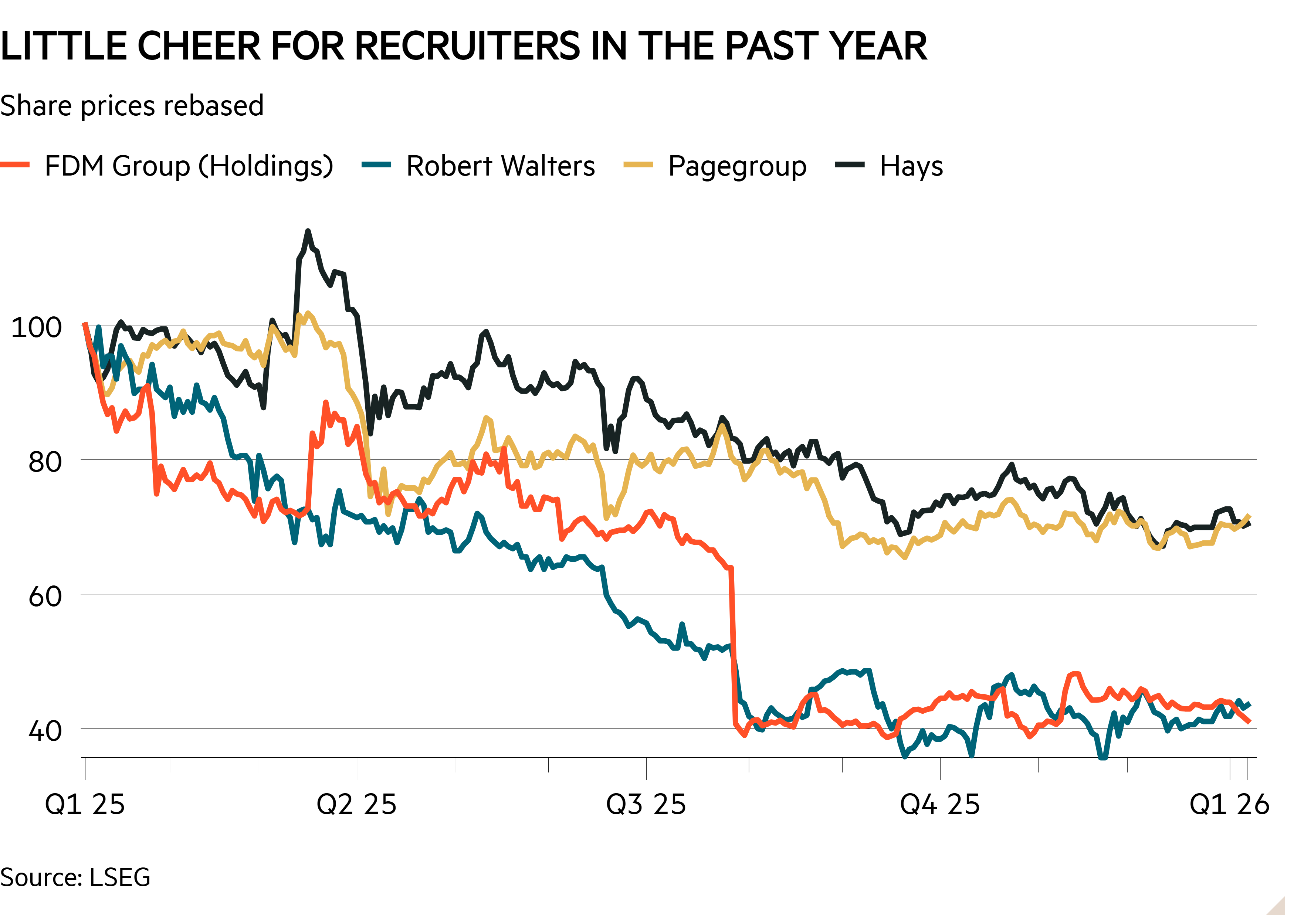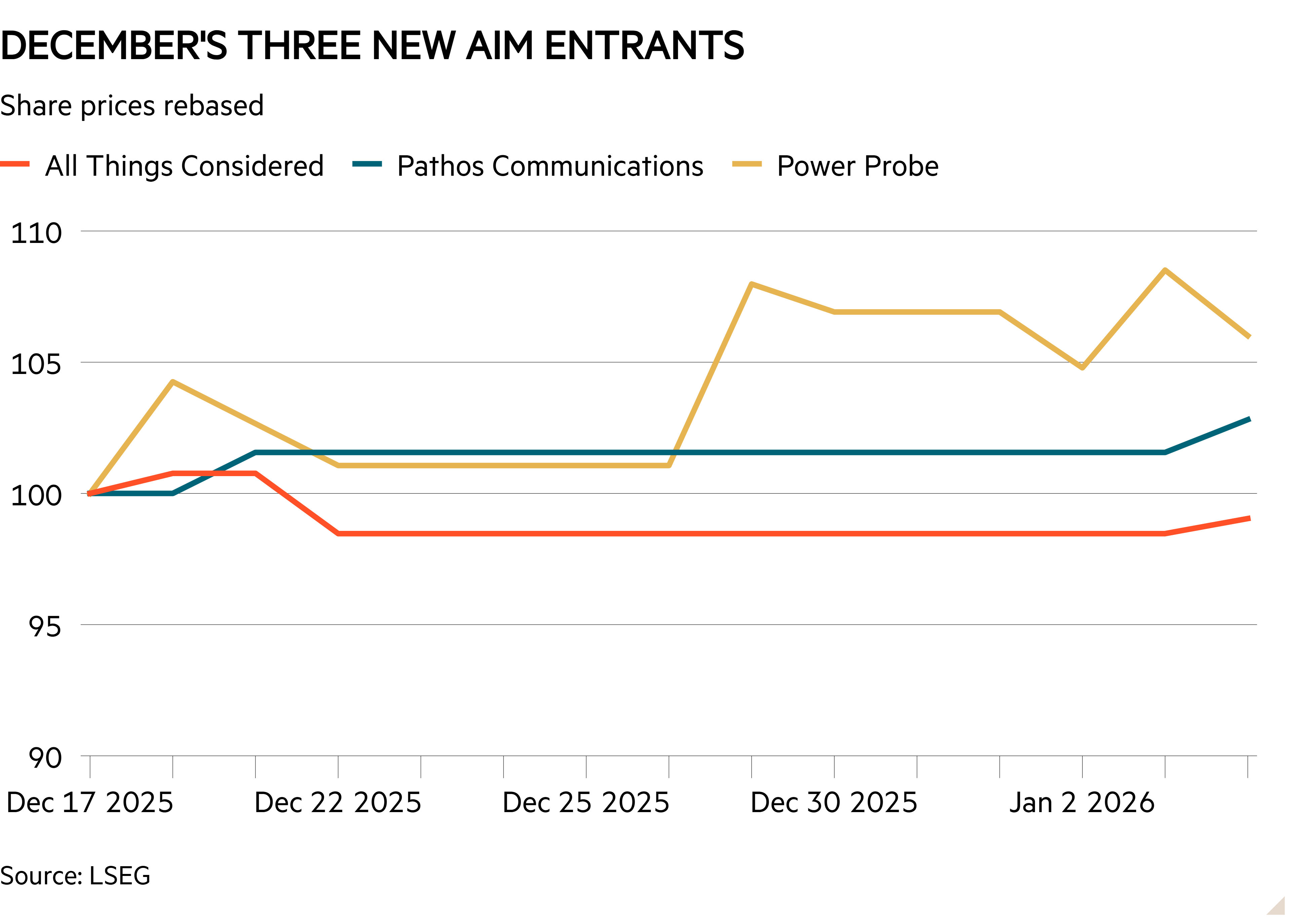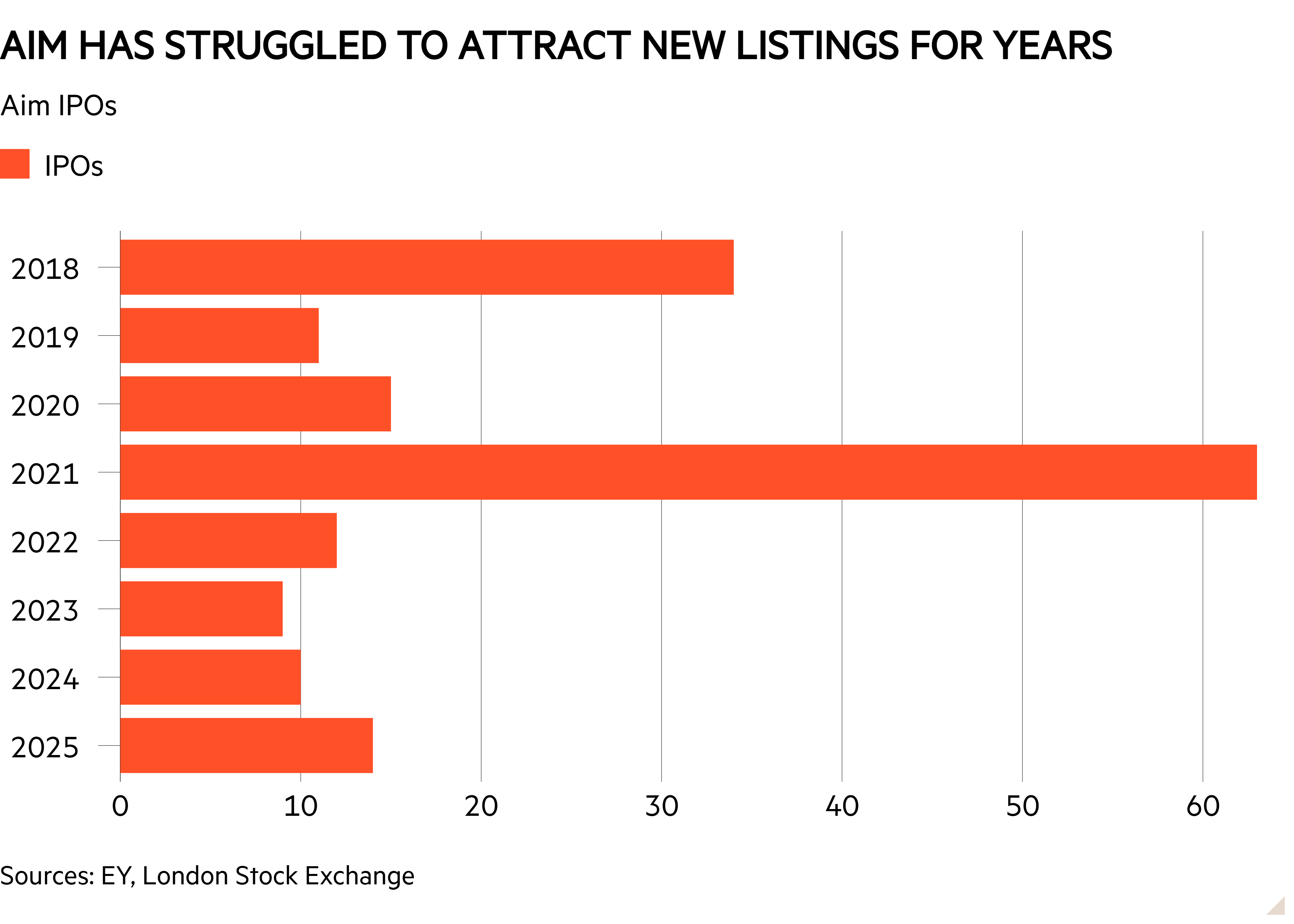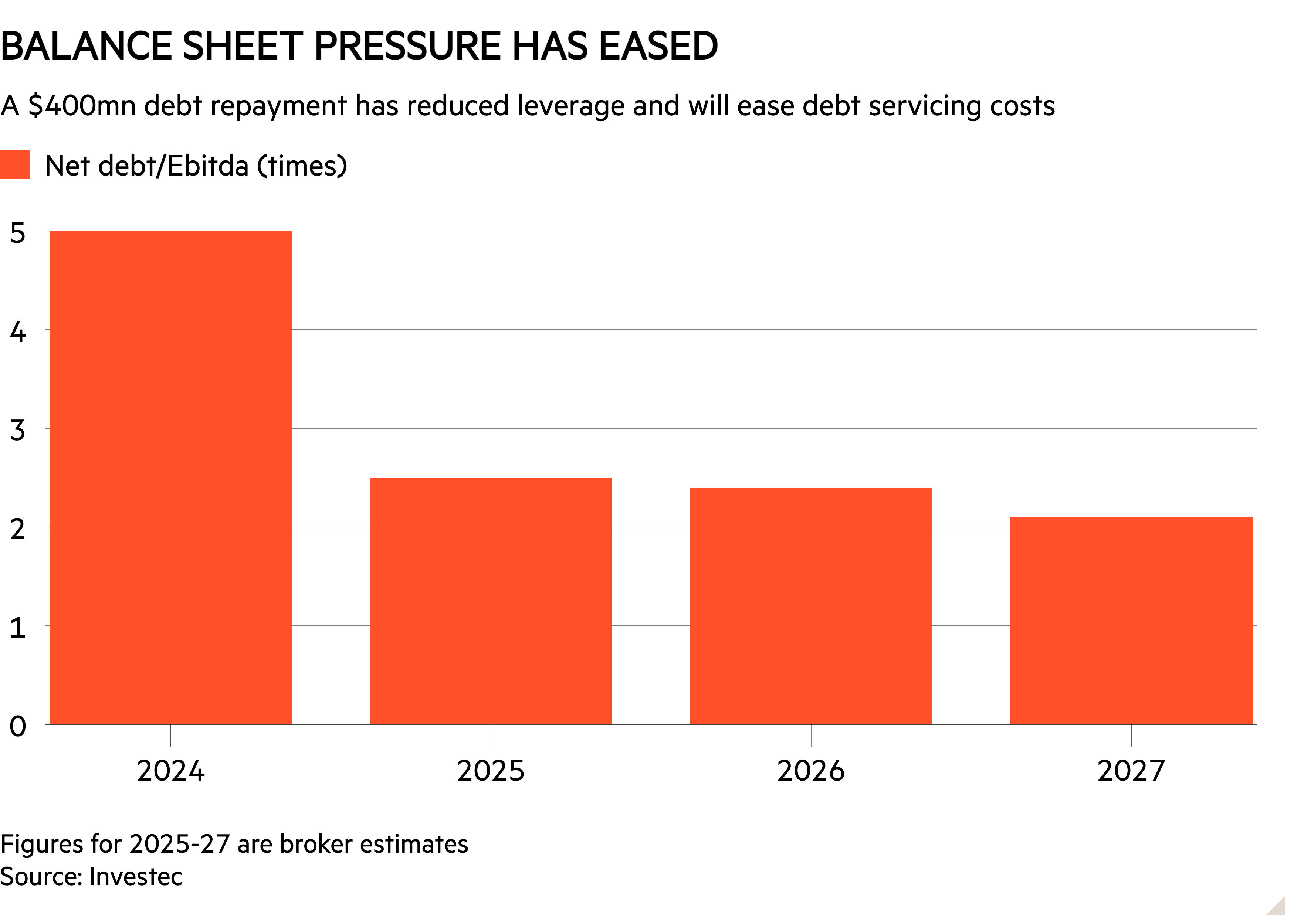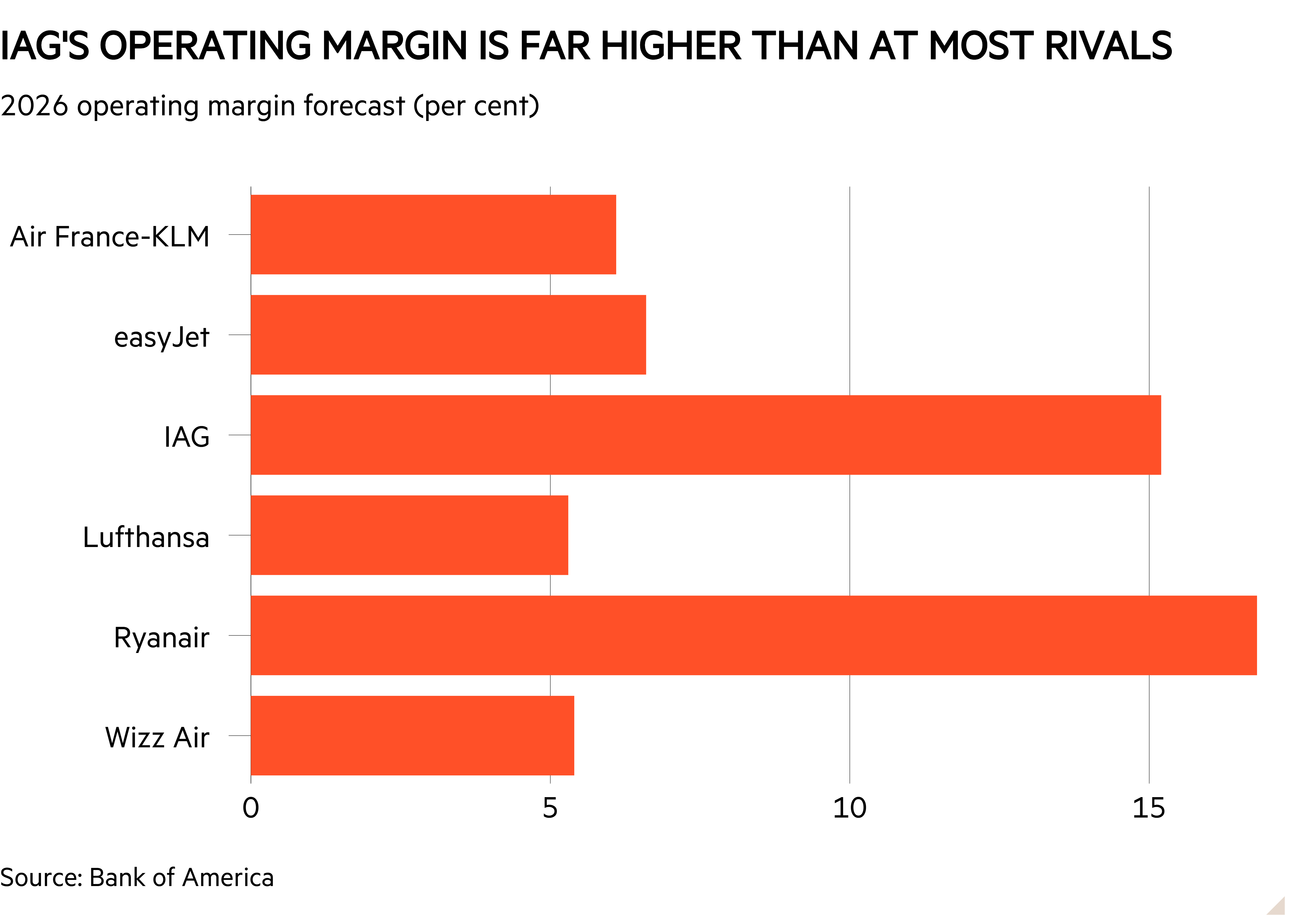Defined-benefit (DB) pensions are rare outside the public sector, but if you are lucky enough to have one, it can play a formidable part in your retirement arsenal. A secure, guaranteed income, which covers part or even all of your everyday needs, makes planning much easier. It also gives you greater flexibility over how you approach the rest of your investments. However, having more choices means making more decisions, and getting started is not always straightforward.
Emma, 60, is planning to retire this year, joining her husband Charles, 58, who stopped work late last year after taking voluntary redundancy. Charles has a DB pension due to be paid out shortly, and will also receive a £30,000 tax-free redundancy payout and a £60,000 taxable redundancy payment.
Charles’s DB pension will be an integral part of the couple’s retirement income. But they have some decisions to make about how to access the money, as well as how to invest Charles’s redundancy money.
“If we decide to take the pension from April 2026, Charles could take a £162,000 tax-free sum and a £24,300 annual income, or an income of £34,800 per year with no tax-free sum,” Emma says. However, waiting a little longer would prove lucrative for the couple.
“If we delay to April 2027, the figures are as follows: a £175,000 tax-free lump sum with a £26,300 per year income, or £37,800 per year with no lump sum,” she adds. If Emma outlives Charles, she will receive a pension for life of around £20,000 a year, regardless of the arrangement they choose.
Alongside this, the pair both have defined contribution (DC) workplace pension pots, as well as Isas that are invested in a mix of investment trusts and funds. The couple also own their home outright and have significant cash savings. Both Emma and Charles will receive the full state pension.
However, despite being in line to receive a good chunk of guaranteed income, Emma is not feeling confident. “We need help to organise our finances going forward,” she says. While the pair do not have a return target, they want to arrange their finances in a way that will allow them a comfortable retirement. Matching their current lifestyle will require a joint annual income of £50,000, Emma has calculated.
Neither Emma nor Charles thinks of themselves as experienced investors. “We had a flutter in our thirties but have not done much since. Raising children and working took over. We just squirrelled away cash if we ever had any spare,” she adds.
Emma has a low appetite for risk and describes her investment style as quite arbitrary to date. However, she is interested in income investing and adding more income-focused assets to her portfolio.
The couple have grown-up children, and in an ideal world, they would like to be able to leave their house and some cash to them. However, they are aware that a large proportion of their money could be swallowed up by care home fees, so are wary of handing over too much cash at this point.
Have your portfolio reviewed by experts
Are you on track to achieve your goals? Do your investments deliver the right returns? Is your financial planning as tax efficient as possible?
If not, head to the Portfolio Clinic. You can have your portfolio analysed by experts who will provide ideas and recommendations to help you.
Email us at portfolio.clinic@ft.com to find out more. To read examples, click here.
This is a free service and all submissions are welcome, whether you are starting or have amassed millions. We don’t reveal your name so your anonymity is guaranteed.
NONE OF THE COMMENTARY BELOW SHOULD BE REGARDED AS ADVICE. IT IS GENERAL INFORMATION BASED ON A SNAPSHOT OF THESE INVESTORS’ CIRCUMSTANCES
Dan Boardman-Weston, chief executive at BRI Wealth Management, says:
As a couple, you have a high level of secure income and a strong asset base, which should allow you to enjoy a comfortable and fulfilling retirement, while also leaving some wealth to pass on to your children in due course.
I agree with your own assessment that your investment approach to date has been somewhat random. You currently have a very high equity exposure, offset by substantial cash holdings of nearly £110,000, alongside a fairly eclectic mix of funds.
In addition to your existing assets, Charles has a defined benefit pension that will pay £26,300 per year if taken at age 60 (with the associated lump sum). With the full state pensions, you will also both receive an additional £12,547 a year when these begin. This gives you a total guaranteed income of just over £51,000 per annum, broadly matching your target level of expenditure.
The main challenge is the timing of this income, as you won’t receive your state pension until age 67. The shortfall over the intervening nine years can be met from your investment assets, including your DC pensions, Isas, cash holdings, redundancy payments and the £175,000 tax-free lump sum from Charles’s DB pension.
In total, these assets amount to approximately £866,000. A withdrawal rate of around 3 per cent per annum, combined with Charles’s defined benefit pension, should comfortably cover your target spending. You should also ensure you are maximising your tax efficiency by fully using both of your Isa allowances by transferring your cash holdings into your Isas. It may also be worth considering drawing some of your tax-free cash.
Given your ages and the fact that the majority of your long-term income will be provided by state and defined benefit pensions, I would suggest holding at least 50 per cent of your investment assets in stocks, with the remainder in lower-risk assets.
Given your need to draw around 3 per cent per year and your more cautious attitude to risk, it would make sense to focus on income-generating funds. Some of your current holdings have performed poorly, notably Fidelity UK Opportunities (GB00BH7HNZ83) and Fidelity MoneyBuilder Balanced (GB00B7XJFX07). I would recommend selling these.
To generate a higher and more reliable income, funds such as Gresham House UK Multi-Cap Income (GB00BYXVGT82), Redwheel UK Equity Income (GB00BG342C66), Schroder Asian Income (GB00B559X853), Artemis Corporate Bond (GB00BKPWGV34), ClearBridge Global Infrastructure Income (GB00BMF7D662) and Gravis UK Listed Property (GB00BK8VW532) are worth considering. These funds offer good income levels and broad diversification, and are managed by experienced teams.
As mentioned above, Charles should plan to leave his defined benefit pension until he is 60, and then take both the lump sum and the income. Investing the lump sum is likely to produce a better overall outcome than opting for the higher pension income, particularly when viewed against average life expectancy and modest long-term return assumptions.
If we assume your investable assets grow at 4 per cent per annum over the long term (a relatively conservative assumption), and factor in withdrawals over the next nine years, the combined value of your pots could be around £1.8mn in 25 years. Residential care currently costs around £60,000 per year, depending on circumstances, and assuming fee inflation of 4 per cent, this could rise to approximately £150,000 per year in 25 years. On this basis, you would have sufficient capital to fund around eight years of care between you.
Peter Hargreaves, a financial planner at EQ Investors, says:
Before getting into the details, it’s important to say that you are in a stronger financial position than you may currently feel. You have several solid foundations. You both have secure, inflation-linked state pensions due later in retirement and Charles has a meaningful DB pension, which provides a guaranteed life-long income. Together, you have two DC pensions, as well as a significant redundancy payment due and available tax-free pension cash if you choose. You also have Isas and cash savings, which provide you with flexibility and accessibility.
Your target income of £50,000 gross per year is modest when set against the level of guaranteed income you will receive from state pension age. Importantly, you are not looking to take unnecessary risks.
A few key factors shape the way your investments should be structured. Firstly, your retirement is imminent, and you will need a reliable income. You also describe yourself as a low-risk investor and do not consider yourself to be experienced. However, a meaningful proportion of your future income will already be low risk and guaranteed because of Charles’s DB pension and both your state pensions.
Because so much of your future income is already secure, not all of your invested assets need to be ultra defensive. The challenge is to balance stability with enough growth to protect your spending power over a potentially long retirement.
One sensible strategy would be to hold around two years’ worth of required income in cash. This money is earmarked purely to meet spending needs.
The remaining funds can then be invested with a longer-term view. Each year, the cash buffer can be topped back up from investment income or gains. This approach keeps your short-term income safe and reduces the need to sell investments at unfavourable times.
How and when Charles takes his DB pension is the most important decision in your overall plan. Deferring the pension until April 2027 will increase the income by more than 8 per cent. If you can comfortably fund the intervening period using other assets, waiting is likely to be worthwhile.
When it comes to the DB lump sum, first consider whether you really need it. You already have access to a £30,000 tax-free redundancy payment, £60,000 taxable redundancy, your existing cash savings, Isas and the tax-free cash options from your DC pensions.
If you do not feel a strong need for an additional cash injection, this strengthens the case for choosing a higher guaranteed income instead of a larger tax-free lump sum.
That said, once both your state pensions are in payment, the combination of the lower DB income and state pension income may already cover most of your core spending. At that stage, the case for the lower DB income and higher lump sum becomes more attractive.
One way to look at it is to think about longevity. If Charles lives into his late eighties, the higher-income, no-lump-sum option is likely to provide better value overall. Until that point, taking a lump sum with lower income may be more beneficial. Higher guaranteed income reduces investment risk, anxiety in later life and the pressure on your DC pensions.
You may want to think about making pension contributions following Charles’s redundancy. Charles should consider making a personal pension contribution of at least £30,000 from his redundancy payment, provided the contribution is made in the same tax year.
This would attract tax relief at his marginal rate and be particularly valuable if his income for the year pushes him into a higher-rate tax band.
Read more from Investors’ Chronicle
The Alpha asset allocation model
James Norrington, Chartered FCSI and associate editor, has created four asset allocation strategies for Investors’ Chronicle Alpha and portfolio clinic case studies.
We’ve also applied a tactical asset allocation (TAA) framework to help investors position themselves for current market conditions. Emma and Charles have been recommended a ‘Balanced’ portfolio.
James says: “Our balanced strategy maintains enough exposure to shares to avoid missing out on upside but it offers a safety rope for investors worried about those times when the stock market can be volatile. Note that we keep around 18 per cent in cash during these uncertain times.
“For January 2026, our tactical signals have caused us to drastically reduce US dollar exposure. The UK fixed income allocation that we have moved into is spread across bonds with different times to maturity, reflecting that the market’s expectations for UK inflation could shift in either direction.”









